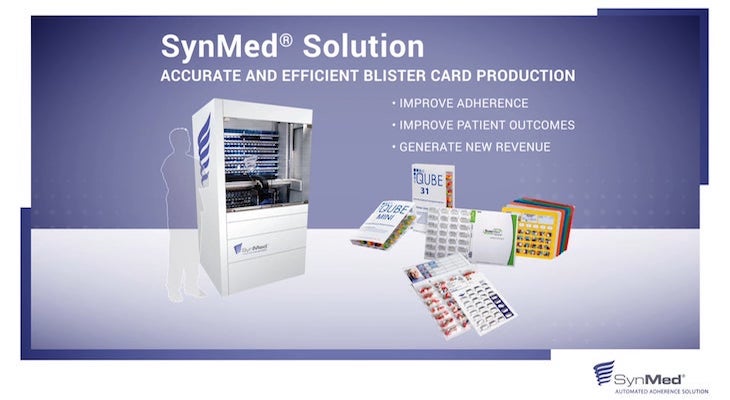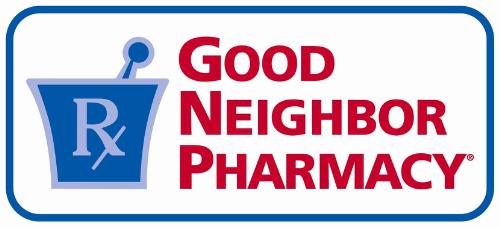By Clare Petrotta, MSN, RN, PHN, Contributing Author and Independent Consultant for Synergy Medical
1 in 9 Americans have Alzheimer’s disease, and pharmacists are in a position to positively impact the health of Alzheimer’s patients.
Millions of Americans have Alzheimer’s disease and other dementias. Current data suggests an estimated 1 in 9 Americans have Alzheimer’s disease, or 5.3 million people, with almost two-thirds of Americans diagnosed with Alzheimer’s being women 1. This number will grow each year, as the size and proportion of the U.S. population age 65 and older continue to increase with predicted escalation.
Some prevalence and risk factors for the development of Alzheimer’s disease include:
- Age, the most well documented risk factor.
- Race:
- Older African Americans are twice as likely to develop Alzheimer’s disease as compared with older Caucasians.
- Hispanics are 1.5 times more likely to have Alzheimer’s disease as compared with older Caucasians.
- The presence of cardiovascular disease and diabetes, which tend to be more prevalent in African American and Hispanic racial groups
Pharmacists can contribute to the successful management of Alzheimer’s patients by improving medication adherence
“Did I take my pills this morning? Do I need to take the blue pill at dinner time? Did I bring all my pill bottles?”
Research suggests that both non-pharmacologic and pharmacologic interventions are needed to optimally treat the cognitive, behavioral, and psychological symptoms of Alzheimer’s disease 2. Given the nature of the disease, non-adherence to medication is often a factor. The role of the pharmacist is significant in contributing to the overall management of persons with Alzheimer’s disease and includes the “ABCS” defined by Wiens3 as:
- Assessment of medications and prescriptions
- Bottling of the pharmaceuticals
- Counseling of patients, caregivers, and other clinicians
- Surveillance, or monitoring, of medications
Blister packaging and synchronization combine to provide huge benefits
Wiens (2003) suggests recommending appropriate administrative “bottling” devices, such as multi-dose blister packaging, as one of the safest methods of organizing medications for both the patient and their caregiver.
Blister packaging groups medications by dose time, and allows the patient and caregiver to easily identify whether medications have been taken; this simple packaging option dramatically increases compliance and reduces adverse medication events leading to hospitalization, as evidenced in the JAMA study by Lee, Grace & Taylor (2006)4.
Synchronizing medications is another program that assists patients and their caregivers with adherence; all medications are filled at the same time once a month, reducing numerous trips to the pharmacy. Synchronization is an innate feature of automated blister pack production in retail pharmacy.
SynMed® automates the distribution of medications in blister cards. The SynMed system provides accuracy, efficiency, and safety for your patients. Each personalized blister card displays clear and precise information for medication administration, including pictures of the medications, a pharmaceutical profile, and pictograms to assure the right dose at the right time … every time.
1 Alzheimer’s Association. 2015 Alzheimer’s Disease Facts and Figures. Alzheimer’s & Dementia 2015; 11(3)332+.
2Brauner, D.J. (2009). Adherence to medication in patients with dementia. Geriatrics & Aging, 12(5), 259-263. Retrieved from http://www.healthplexus.net/files/content/2009/June/1205dementia.pdf.
3Wiens, C. (2003). The challenges of medication management in patients with Alzheimer’s disease. The Canadian Alzheimer Disease Review, 9, 16-19.
4Lee, JK, Grace, KA, Taylor, AJ (2006). Effect of a pharmacy care program on medication adherence and persistence, blood pressure, and low-density lipoprotein cholesterol. JAMA, E1-E9.




